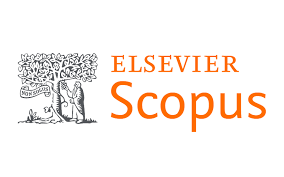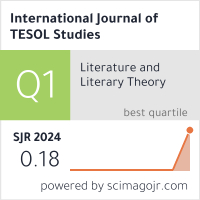2632-6779 (Print)
2633-6898 (Online)


Scopus
Ulrich’s Periodicals Directory (ProQuest)
MLA International Bibliography
MLA Directory of Periodicals
Directory of Open Access Journals (DOAJ)
QOAM (Quality Open Access Market)
British National Bibliography
WAC Clearinghouse Journal Listings
EBSCO Education
ICI Journals Master List
ERIH PLUS
CNKI Scholar
Gale-Cengage
WorldCat
Crossref
Baidu Scholar
British Library
J-Gate
ROAD
BASE
Publons
Google Scholar
Semantic Scholar
ORE Directory
TIRF
China National Center for Philosophy and Social Sciences Documentation
Cortney E. P. Holles
Colorado School of Mines, USA
Abstract
This article makes the argument that institutions of higher education are responsible for showing care to faculty and students and must offer support for well-being within the policies and practices of the institution. The experiences of teaching during the height of the Covid-19 pandemic offered lessons that can be gleaned from faculty and student experiences to improve pedagogy and curriculum and increase well-being for all. The author reports on her dissertation study on facultystudent interaction and well-being, investigating the qualities of interactions between faculty and students that influenced their well-being. She collected qualitative data in early 2020, observing classrooms and interviewing faculty and students. The data analysis incorporated the instructional arc to examine intentions and reflections of both faculty and students. The discussion of these findings leads the author to propose a series of actions administrations can take to better support faculty: valuing teaching, compensating and rewarding care work, and seeking faculty feedback on their well-being. Faculty can support students’ well-being by infusing caring pedagogy and engaging in curricular and policy reform discussions that value student input. The author concludes with an illustration of the Flow of Care as a motivation for continued attention to how care influences wellbeing in higher education.
Keywords
Care, higher education, curriculum, well-being, faculty-student interaction, flow of care, Covid-19 pandemic